Blackjack Strategies and Betting Systems
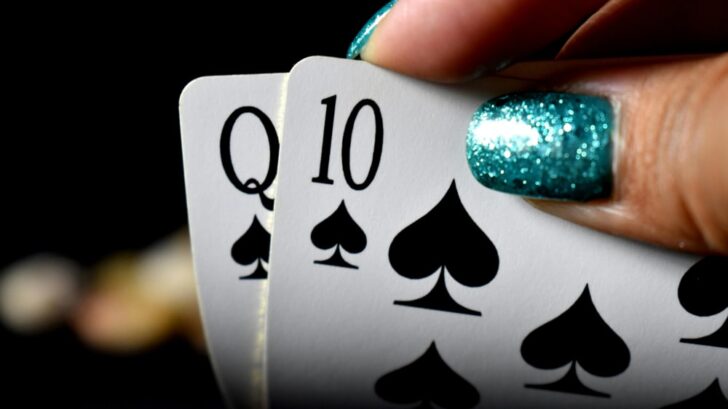
In this analysis, we cover blackjack strategies and betting systems. Keep in mind, this guide is exclusive to players that are already familiar with the basic blackjack rules. If you are an experienced blackjack player, read on.
Blackjack Strategies and Betting Systems
One of the reasons Blackjack is the go to game for many professional gamblers is that it is possible to reduce the house edge to close to zero by playing with proper strategy. There are a number of different ways of approaching Blackjack strategy.
There are charts, which show the optimal strategy, there are betting systems, to help players manage their bankroll, and there are card-counting techniques, which are of course famous and to many people’s surprise, not illegal. In this chapter, we will examine all of these different strategies and teach you how to get started with them.
Blackjack Strategy Charts
Because Blackjack is played with a fixed number of cards and players can see their own cards as well as the dealer’s up card, it is possible to use statistics to work out what the best action to take is in any situation. This is known as optimal strategy. If you are not a mathematician, the reasoning behind it can seem quite complicated; however, you can still make use of the strategy without having any understanding of the underlying logic.
The strategies are displayed in charts. They show you exactly what action you should take based upon your hand value and the dealer’s up card. However, as discussed, there are many different Blackjack variants, and each version has a slightly different strategy. This means that when you look at a chart, you need to be certain that it is the right one for the version of the game that you are playing.
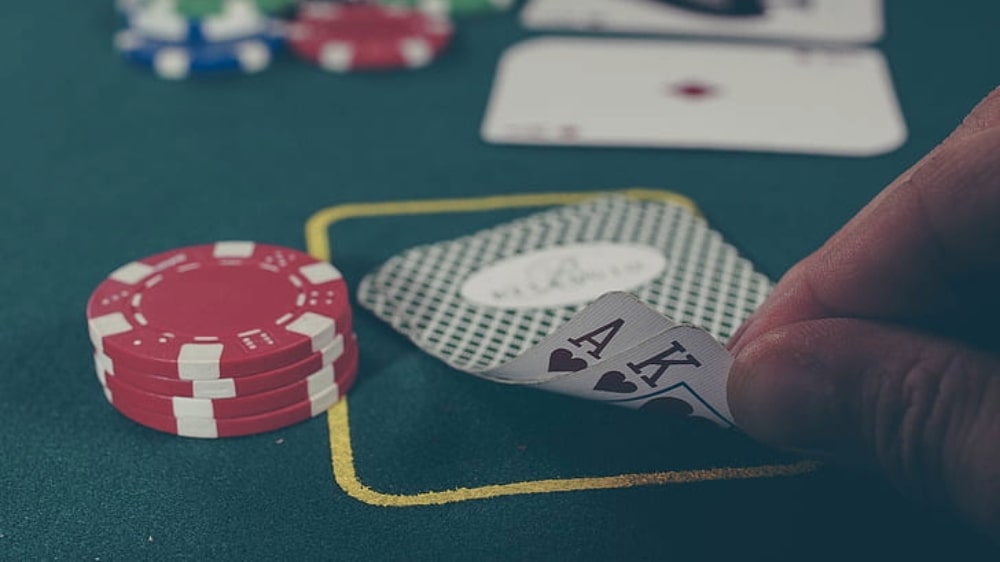
Luckily, it is very easy to look up the charts online, so no matter which version of Blackjack you are playing, you will always be able to find the optimal strategy. Below is an example strategy chart for a game that is played with four decks and requires the dealer to stand on all 17s.
Strategy Chart
| Dealer’s Card | ||||||||||
| Player Hard | 2 | 3 | 4 | 5 | 6 | 7 | 8 | 9 | 10 | A |
| 4-8 | H | H | H | H | H | H | H | H | H | H |
| 9 | H | Dh | Dh | Dh | Dh | H | H | H | H | H |
| 10 | Dh | Dh | Dh | Dh | Dh | Dh | Dh | Dh | H | H |
| 11 | Dh | Dh | Dh | Dh | Dh | Dh | Dh | Dh | Dh | H |
| 12 | H | H | S | S | S | H | H | H | H | H |
| 13 | S | S | S | S | S | H | H | H | H | H |
| 14 | S | S | S | S | S | H | H | H | H | H |
| 15 | S | S | S | S | S | H | H | H | Rh | H |
| 16 | S | S | S | S | S | H | H | Rh | Rh | Rh |
| 17+ | S | S | S | S | S | S | S | S | S | S |
| Dealer’s Card | ||||||||||
| Player Soft | 2 | 3 | 4 | 5 | 6 | 7 | 8 | 9 | 10 | A |
| 13 | H | H | H | Dh | Dh | H | H | H | H | H |
| 14 | H | H | H | Dh | Dh | H | H | H | H | H |
| 15 | H | H | Dh | Dh | Dh | H | H | H | H | H |
| 16 | H | H | Dh | Dh | Dh | H | H | H | H | H |
| 17 | H | Dh | Dh | Dh | Dh | H | H | H | H | H |
| 18 | S | Ds | Ds | Ds | Ds | S | S | H | H | H |
| 19+ | S | S | S | S | S | S | S | S | S | S |
| Dealer’s Card | ||||||||||
| Splits | 2 | 3 | 4 | 5 | 6 | 7 | 8 | 9 | 10 | A |
| 2-2 | Ph | Ph | P | P | P | P | H | H | H | H |
| 3-3 | Ph | Ph | P | P | P | P | H | H | H | H |
| 4-4 | H | H | H | Ph | Ph | H | H | H | H | H |
| 6-6 | Ph | P | P | P | P | H | H | H | H | H |
| 7-7 | P | P | P | P | P | P | H | H | H | H |
| 8-8 | P | P | P | P | P | P | P | P | P | P |
| 9-9 | P | P | P | P | P | S | P | P | S | S |
| A-A | P | P | P | P | P | P | P | P | P | P |
| Key | |
| H | Hit |
| S | Stand |
| Dh | Double if allowed, otherwise hit |
| Ds | Split if allowed, otherwise stand |
| P | Split |
| Ph | Split if double after split is allowed, otherwise hit |
| Rh | Surrender if allowed, otherwise hit |
Explanation
It may look slightly daunting at first, but it is actually very simple. The first thing you should notice is that the chard is split into three sections, Hard Hands, Soft Hands, and Pairs. All you need to do is look up your hand on the appropriate chart and find the right action to take based upon the dealer’s up card.
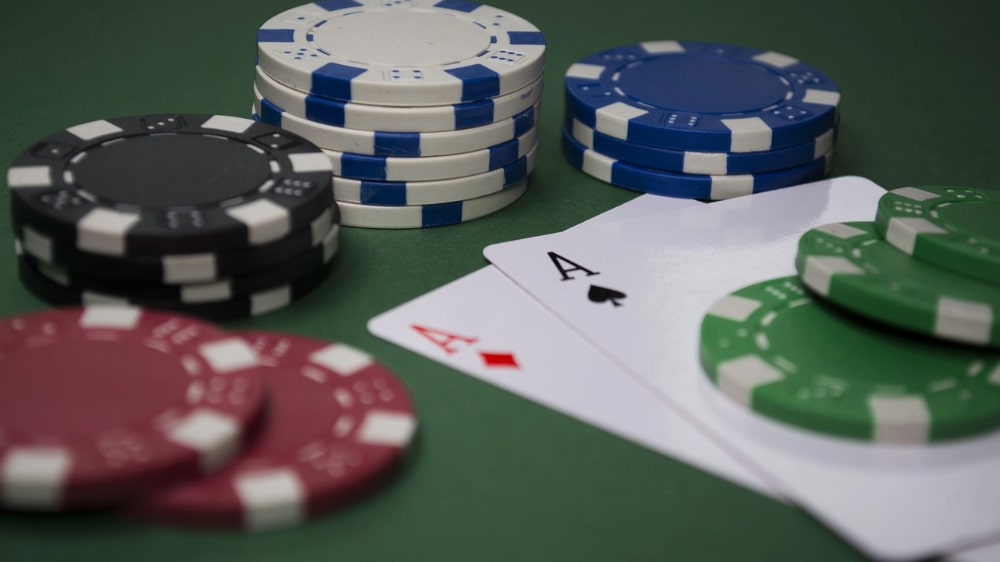
For example, imagine you are dealt 3-5, which is a hard 8, and the dealer is showing a 7. You then look at the chart and you see it says ‘H’, which means that you should hit. Another example would be if you are dealt 5-6, which is hard 11, and the dealer is showing a 4. The chart shows ‘Dh’, which means that you should Double Down if allowed, otherwise Hit.
As should be clear, these charts are very easy to use and they are entirely legal. In fact, in many land casinos, the casino will even provide you with small laminated cards showing the strategy that you can then bring to the Blackjack tables. When playing online, you can of course keep a chart open on the computer for reference.
The most serious players will memorize these charts, which takes some time and effort, but is entirely feasible. However, even if you don’t have the time or inclination to sit and study the charts, after using them for a while, you will find that you remember a great deal of the information they contain.
Blackjack Betting Systems
Following the strategy charts is a fantastic way to reduce the house edge, but you can never guarantee that you will win. That is why bankroll management is hugely important, and using a betting system can be a great aid.
In general, there are three types of betting systems, flat, positive progression, and negative progression. Flat betting systems are the easiest to learn, as they simply require you to bet the same amount on every hand. This makes managing your budget very easy and it also reduces the risk. If you want to use a flat betting system, simply divide your budget by roughly how many hands you want to play, that way you should not run out of funds.
Click here to try the live casino at 20bet Casino
Positive and Negative Progressions
A positive progression betting system requires you to increase your bets after a win. The systems are designed to make the most of winning streaks to try to win the biggest payouts. If you are on a winning streak, you continue increasing your bet until you lose, at which point your return to your original bet. The idea is that you make the most of your wins without suffering major losses when the streak ends. The trick with these systems is not to increase your bet by too much after a win. You need to make sure that you have enough money left to play the next hand if you do lose, so you should never go “all in”.
A negative progression betting system requires you to increase your bet after a loss. This means that they systems can be high risk and you will need a big budget if you hit a losing streak. You will also need to keep table limits in mind to ensure that you don’t reach it too quickly. However, the idea behind these systems is that when you do win, you will have placed a large enough bet to recoup all or most of your losses. Negative progression systems carry the risk of running out of funds in the middle of a long losing streak, but ultimately they can be rewarding. Now we can take a look at a few Blackjack betting systems.
Oscar’s Blackjack Betting System
As explained above, positive and negative betting systems have their own advantages and disadvantages. Therefore, many systems have been designed that combine both and one of these is Oscar’s betting system. A mathematician called Allan N. Wilson published it in 1965 and named it after the dice player who invented.
The idea behind the system is to win a single unit profit after placing a series of bet, upon which, the series starts again. This means that if you were to win on your first hand, you have achieved the aim and then you start again.
However, if you do not win a hand, then the series comes in to play. In the next hand, you will place the same bet as the previous hand. If you then win, it means that you have recovered your loss from the first hand. However, you have not achieved the goal of the system, which is to make a single unit of profit, so you do not start a new series. Instead, for the third hand you add a unit to your bet, if you then win you will have made a unit of profit and you start the series again on the fourth hand.
Description
Another way of looking at it is like this. After a win, the next bet is one unit more than the previous bet, after a loss, the next bet is identical to the previous bet. For example, if you lose a two-unit bet then your next bet is also two-units and it will remain that size until you win, at which point you increase the bet to three units.
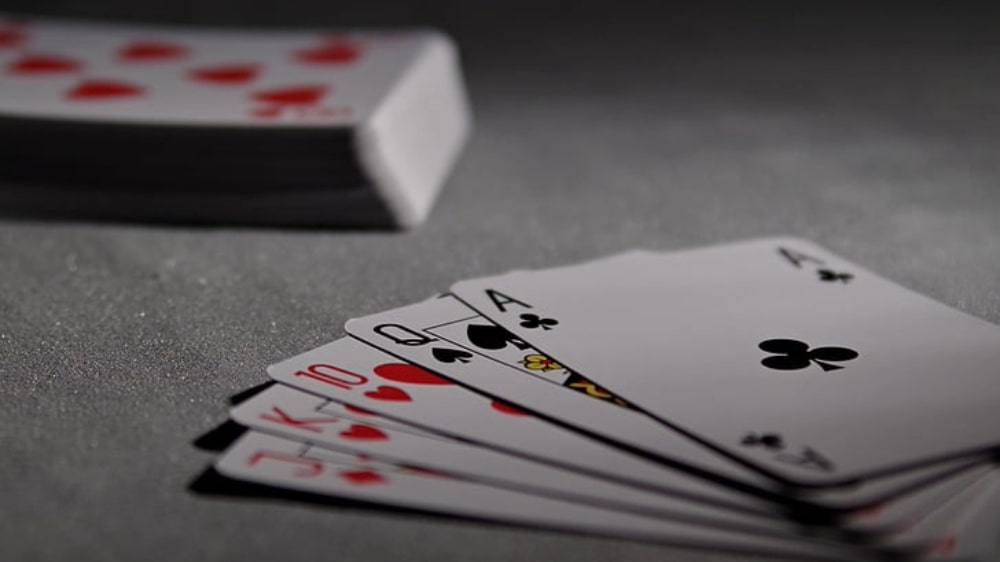
However, you should never place a bet that would result in a win that gives you more than one unit profit. For instance, if you win a bet with four units and you need to win two more units to restore your losses, then do not place a five-unit bet on the next hand, as this would result in too large a profit. Instead, place a three-unit bet, as this earns back your loses and gives you one-unit profit (assuming you win).
The system will require you to keep careful track of your wins and losses, but after a bit of practice you will get used to it. As you can see, it combines elements of both positive and negative betting systems, and it should allow you to come through a losing streak without running out of funds.
Practicing the Betting System
Oscar’s betting system can be a little confusing, so here are some example sequences to help you understand:
| Units Bet | Result | Net Profit | Next Bet |
| 1 | L | -1 | 1 |
| 1 | L | -2 | 1 |
| 1 | W | -1 | 2 |
| 2 | W | +1 | Series Done |
| Units Bet | Result | Net Profit | Next Bet |
| 1 | L | -1 | 1 |
| 1 | L | -2 | 1 |
| 1 | L | -3 | 1 |
| 1 | W | -2 | 2 |
| 2 | L | -4 | 2 |
| 2 | W | -2 | 3 |
| 3 | W | +1 | Series Done |
| Units Bet | Result | Net Profit | Next Bet |
| 1 | L | -1 | 1 |
| 1 | L | -2 | 1 |
| 1 | W | -1 | 2 |
| 2 | L | -3 | 2 |
| 2 | L | -5 | 2 |
| 2 | W | -3 | 3 |
| 3 | W | 0 | 1 |
| 1 | W | +1 | Series Done |
The Martingale System
This is the best known and probably the most popular betting system. It is a very simple negative progression system that simply states you should double your bet after a loss and keep your bet the same after winning. However, if you hit a losing streak, then you may have to place some very large bets. For example, if you start with a bet of $1 and then lose 10 hands in a row, the system would require you to place a bet of $512. Not only is this very expensive, but you may also hit the table’s maximum bet.
The Manhattan System
The aim of this betting system, also known as the 2-1-2 system, is to make the most of winning streaks. It is very simply. You start with a bet of 2 units and if you win, you reduce the bet by a unit. If you then win again you increase the bet by two 2 units. You keep moving up and down in this way until you lose, at which point you return to the original two-unit bet.
The Parlay System
With this system, you leave your winnings on the table for each bet. For example, if you bet $5 and won $5, then your next bet would be $10. You continue doing this until you lose, at which point you return to your original bet.
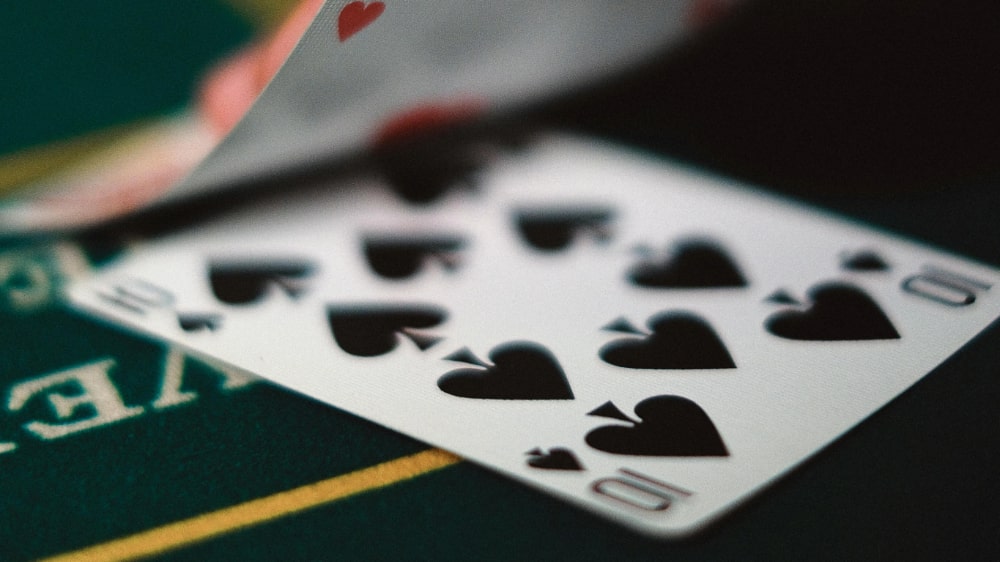
This is a very simple system; however, just one loss wipes out all of your profits. On the other hand, it won’t burn through your bankroll very quickly, so you should be able to enjoy playing for long periods.
The 1-3-2-6 System
This betting system takes its name from the order in which you place your bets, so as long as you remember the name, you have remembered the system. You simply move to the next number after a winning hand.
For example, if your basic bet is $1 per hand, then you bet $1 on the first hand. If you lose, then the bet remains the same. If you win, then you progress to 3, which means you are betting three units, i.e. $3. If you win then you move to 2 and bet $2 and if you win again you then bet $6. You then return to the start of the sequence. Of course, if you lose at any point you also return to the start.
The advantage of the 1-3-2-6 system is that it allows you to capitalize on winning streaks without risking large amounts. Furthermore, if you hit a losing streak then your bankroll should survive for a while, as you will just be betting one unit on each hand.
Blackjack Card Counting
Card counting in Blackjack is famous. The basic idea is that players keep track of the cards that have appeared from the shoe and can then take advantage of the situation when the house edge is in their favor. There have been many successful card counters and a number of films have been made about them. Furthermore, many people do not realize that card counting is legal. However, casinos may ban players they suspect of using the system. It should also be noted that card counting does not work in games where the shoe is shuffled between each round.
Most card counting systems assign each card in the deck a value using a simple process of -1, 0 and +1. Generally, the cards 2 to 6 are +1, cards 7 to 9 are 0, and 10-cards and Aces are -1. Players then keep a running total in their head as the cards are dealt, which gives them a sense of which cards are left in the shoe.
If you are playing a multi-deck game (which most are), then you will need to divide the running count (i.e. the number in your head) by the number of decks left in the shoe to give you the True Count. You then adjust your bet according to the value of the True Count. If the True Count is a high positive number you bet more, and when it is lower you bet less.
Using it at a Casino
There is no doubt that card counting takes practice, but it is a very useful tool. Furthermore, you do not need to be a mathematician. In fact, often the hardest element of card counting is not being caught by the casino.
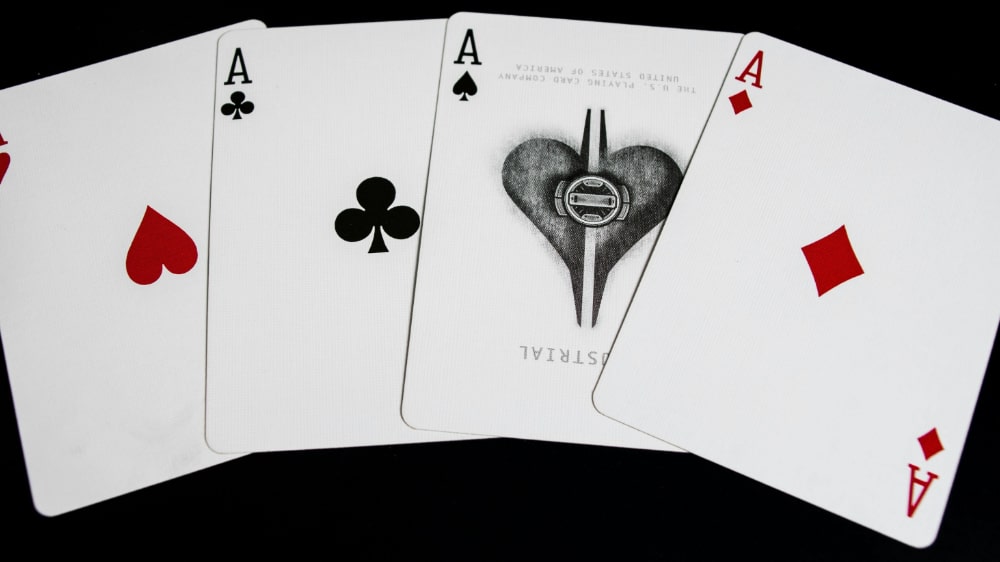
However, you do need to be aware of the situations where card counting does not work. As mentioned, it is useless in games where the cards are shuffled between each round. Furthermore, it does not work if a casino is using a Continuous Shuffling Machine, as this takes the discarded cards and shuffles them back into the shoe between each round.
The system is actually highly intuitive. If you see that all the players have been dealt low value cards, then you know that there is a better chance of 10 cards being dealt next, which gives you the opportunity to bet big, and the opposite is also true. This is because, if the shoe contains many high value cards, then you have a better chance of winning, while a shoe full of low value cards is to the dealer’s advantage.
The logic behind this is simple; if there are many high value cards then you have a better chance of being dealt Blackjack. Furthermore, if the dealer’s hand is worth anything from 12 to 16 then when they draw, there is a higher chance of them going bust. This situation is very much to the player’s advantage as in every version of the game the dealer must draw to 17 but there is no rule stating that a player must. Therefore, it is the perfect time to Double Down and try to win big. If the dealer’s hand is worth 12 to 16, then there is a much smaller chance of the dealer busting.
The Hi-Low Card Counting System
The low value cards 2 to 6, which are favorable to the dealer, are given a value of +1. The high value cards 10 through A, which are favorable to the player are given a value of -1, and the remaining cards, 7, 8 and 9, are given a value of 0.
Players simply need to keep track of the cards that are dealt while adding and subtracting from the total as necessary. When the cards are shuffled, the count reverts to 0 and the process begins again. For example, if the count is at 0 and then you are dealt a 3 and a 5, then both cards add 1 to the total, making it 2.
It is best to keep the count going for as long as possible before acting on it. After a few rounds, the count will be either negative or positive. If it is negative, it means that more high value cards have been dealt and there will be more low value cards in the shoe. This means that the deal has the advantage so it is not a good time to bet big. Conversely, if the count is positive, it means that there are many high value cards left in the shoe, so you have the advantage and it is a good opportunity to place larger bets. When the count reaches the area of +4 it is a good time to start Doubling Down on hands.
Ideally, you should combine card counting with the strategy charts, as it will tell you when it may be a good time to deviate from the strategy. For example, if the count is high and the chart tells you to Hit, it may actually be a good opportunity to Double Down and try to increase your winnings.
Click here to try the live casino at 20bet Casino








